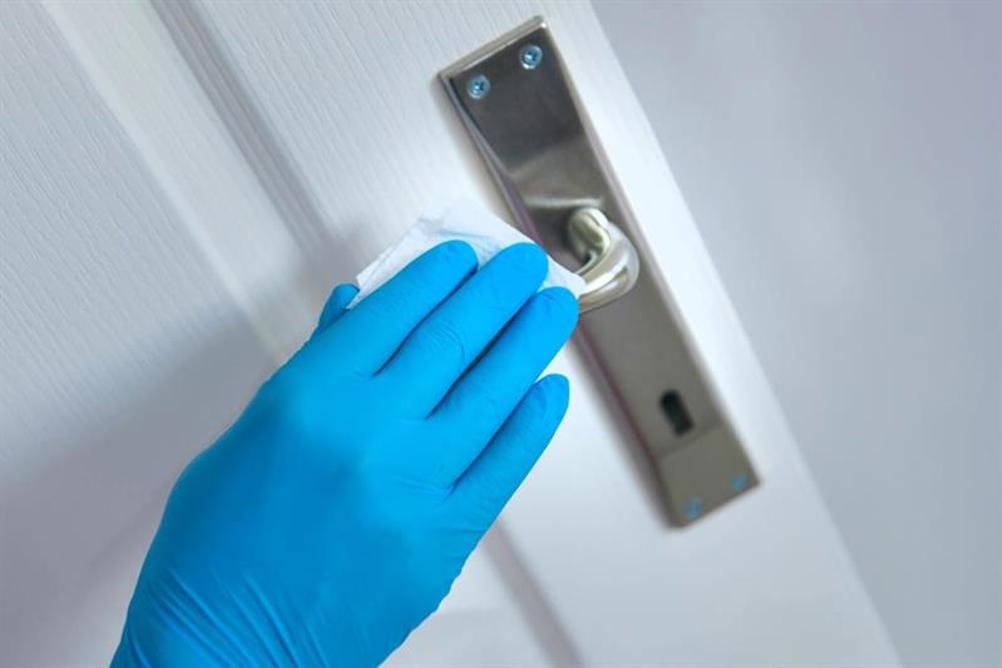
‘Prevention’ is an important topic across many areas of dentistry, including when reducing the spread of infection. In order to protect patients and staff, dental practices must have strict protocols in place, which are continually evaluated to ensure optimal measures are being implemented. Pathogens spread easily in environments like a dental practice: as such, the team must be vigilant against all the possible avenues of infection.
Don’t weaken your defences
If the past few years have taught us anything, it is that infection spreads incredibly quickly and everybody plays a vital part in its prevention. Within the practice, there are several modes of infection transmission: direct contact with bodily fluids, indirect contact with contaminated instruments, surfaces or equipment; infected droplets entering the airway from coughing, sneezing or talking, and airborne transmission due to microorganisms remaining suspended in the airflow for extended periods of time. All practices must follow strict regulation, in addition to continually assessing whether any areas of their infection control need improving. This way, you can rest assured that you are disrupting the chain of infection and that your practice is safe and clean. It is necessary to review all areas of your decontamination and disinfection processes to ensure there are no weaknesses in your preventative workflow.
Register now to continue reading
Thank you for visiting Dental Nursing and reading some of our resources. To read more, please register today. You’ll enjoy the following great benefits:
What's included
-
Up to 2 free articles per month
-
New content available
Already have an account? Sign in here
